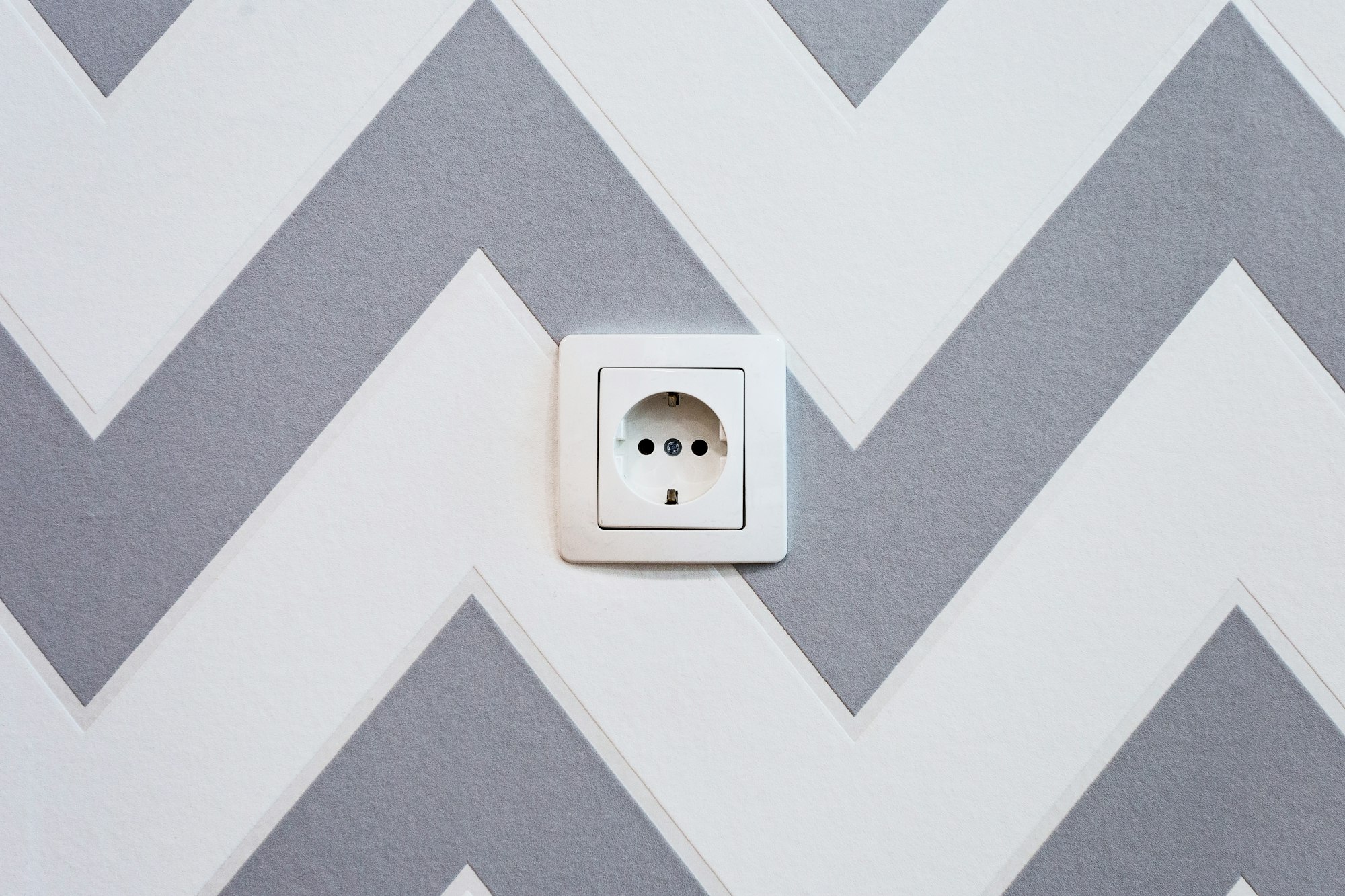How to use extension cord safe
An extension cord, power extender, drop cord, or extension lead is a length of flexible electrical power cable (flex) with a plug on one end and one or more sockets on the other end (usually of the same type as the plug). The term usually refers to mains (household AC) extensions but is also used to refer to extensions for other types of cabling. If the plug and power outlet are of different types, the term "adapter cord" may be used. Most extension cords range from around two to thirty feet in length although they are made up to 300 feet in length.
The term "extension cord" has been in use since at least 1925.
Extension cords come in various colors, lengths, thicknesses and service duties. In general, the more power needed by the appliance, the thicker the cord needs be (meaning larger wires inside). Cords which will be used outdoors, in wet areas, around oils, or exposed to sunlight for long periods of time should be selected for such specific conditions. An extension reel is an extension lead that rolls up, usually into the socket end, which in some cases has more than one socket on it (often 2 or 4). Another type of extension reel hangs near the plug end and permits the user to draw the cord out by grasping the socket end.
Some extension cords also incorporate safety features such as a polarized plug and receptacle, grounded terminals, a "power-on" indicator, a fusible link, or even a residual-current device (also known as a ground-fault circuit interrupter or GFCI).
Some cords contain multiple female connectors in close proximity of one another; others have female connectors spaced along the length of the cord. Cords generally contain either grounded or ungrounded connectors. While a grounded male connector can be forced into an ungrounded female socket, this is unsafe.
Safety

Cords running across the floor should be covered with a suitable device to protect them from physical damage. However, they should never be covered with a rug or carpet, as this can produce a serious fire hazard.
To avoid the need for rolling-up excess length, using an extension reel or for cutting the cord to size, extension cords are sold in prefabricated lengths of 1 to 150 feet (30 cm to 45 m). Every foot of cord increases the electrical resistance, in turn decreasing the power the cord can deliver. Therefore, the longer the cord, the larger the diameter of the conductors need be to minimise voltage drop (wire gauge numbers are smaller for larger diameter wire). Because of this, it is best to use a cord that's exactly as long as needed and no more.
An extension reel can only carry full rated current when completely extended. This is because the portion of cord on the reel is not exposed to air causing the loss power, (the result of its series resistance), not to dissipate. An extension cord that is in use while coiled up or coiled in a reel can be a serious shock and fire hazard. The heat produced from the resistance cannot dissipate and is instead trapped between the tightly coiled cable, leading to the a fire or shock. Additionally, the ESFI recommends to never use an extension cord that is covered by a rug or blanket, or that is run through a ceiling or wall, since the heat may not be able to dissipate appropriately.
Safety Tips

Not enough cord for your lamp or radio to reach the nearest outlet? Just plowing through the junk drawer for an extension cord? This may not be a good idea. Extension cords can be very helpful in delivering power right where we need it. However, regardless of the gauge or rating of the cord, an extension cord is a temporary solution, and is not meant to be used as a long-term extension of your household’s electrical system.
Using extension cords properly is critical to your safety. With continuous use over time, an extension cord can rapidly deteriorate, creating a potentially dangerous electric shock or fire hazard.
The Electrical Safety Foundation International (ESFI) offers the following tips for staying safe from electric shock and electrical fires:
- Do not overload extension cords or allow them to run through water or snow on the ground.
- Do not substitute extension cords for permanent wiring.
- Do not run through walls, doorways, ceilings or floors. If cord is covered, heat cannot escape, which may result in a fire hazard.
- Do not use an extension cord for more than one appliance.
- A heavy reliance on extension cords is an indication that you have too few outlets to address your needs. Have additional outlets installed where you need them.
- Multiple plug outlets must be plugged directly into mounted electrical receptacles; they cannot be chained together.
- Make sure the extension cord or temporary power strip you use is rated for the products to be plugged in, and is marked for either indoor or outdoor use.
- The appliance or tool that you are using the cord with will have a wattage rating on it. Match this up with your extension cord, and do not use a cord that has a lower rating.
- Never use a cord that feels hot or is damaged in any way. Touching even a single exposed strand can give you an electric shock or burn.
- Never use three-prong plugs with outlets that only have two slots for the plug. Do not cut off the ground pin to force a fit. This defeats the purpose of a three-prong plug and could lead to an electrical shock. Never force a plug into an outlet if it doesn’t fit.
- Use extension cords with polarized and/or three-prong plugs.
- Buy only cords approved by an independent testing laboratory, such as Underwriters Laboratories (UL), Intertek (ETL) or Canadian Standards Association (CSA).
Extension Cord Designations
- S: Designed for general Use
- W: Rated for Outdoor Use
- J: Standard 300 Voltage Insulation
- T: made from Vinyl Thermoplastic
- P: Parallel Wire Construction (Air Conditioner Cords and Household Extension Cords)
- O: Oil-Resistant
- E: Made from TPE
Code Length and Amperage Limits
- 25 - 50 Feet Extension Cords
- 16 Gauge(1-13 Amps)
- 14 Gauge (14-15 Amps)
- 12-10 Gauge (16-20 Amps)
- 100 Feet Extension Cords
- 16 Gauge (1-10 Amps)
- 14 Gauge (11-13 Amps)
- 12 Gauge (14-15 Amps)
- 10 Gauge (16-20 Amps)
- 150 Feet Extension Cords
- 14 Gauge (1-7 Amps)
- 12 Gauge (8-10 Amps)
- 10 Gauge (11-15 Amps)




